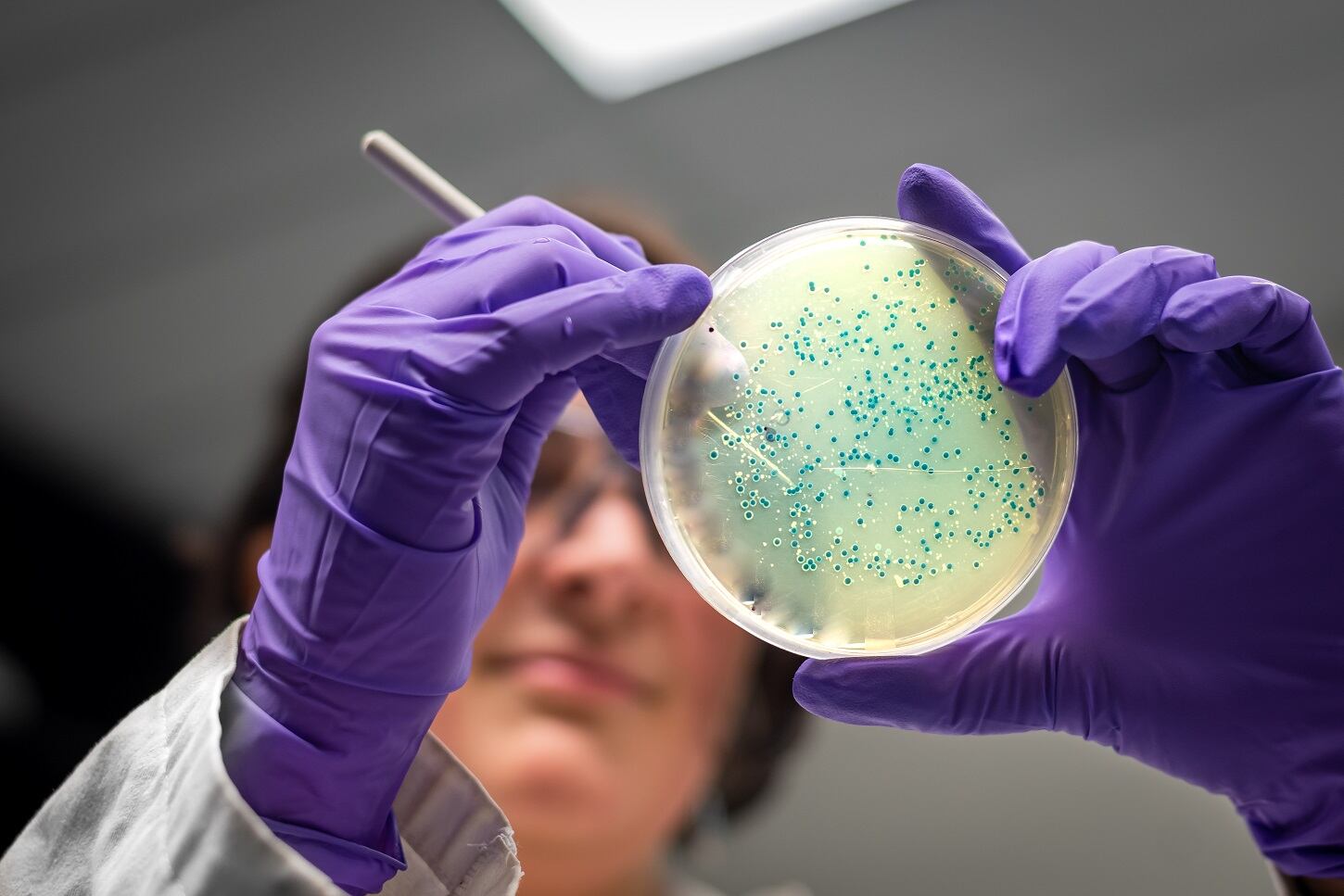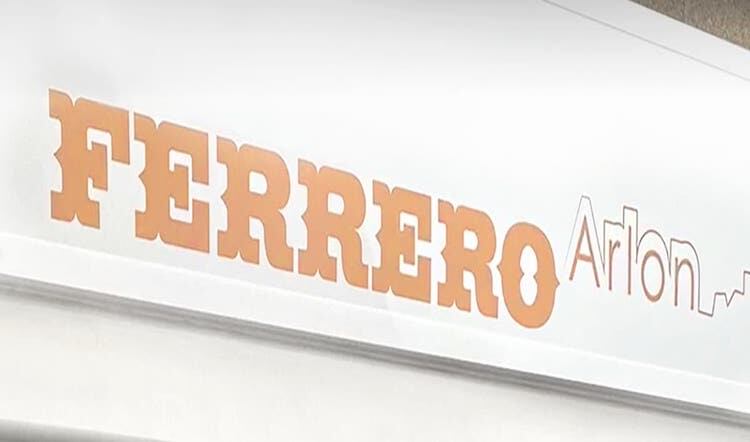In 2022, two major incidents of contaminated products in Belgium made the news, the common themes: chocolate and Salmonella spp., specifically Salmonella Typhimurium and Salmonella Tennessee.
A brief recap of the Belgium Salmonella outbreaks
In April, the Belgium Ferrero factory recalled selected batches of Kinder Surprise products following investigations which found a link between reported cases of Salmonella poisoning across the UK and a specific product produced by Ferrero in Arlon.
Not long after and authorisation for the factory was removed. A conditional authorisation was granted in June, which saw it restart its production lines.
A month later and Barry Callebaut suspended production at its plant in Wieze, Belgium, also due to Salmonella.
The first cleaned and disinfected products lines were reopened in August, with the factory back in action fully by October 2022.
Generally speaking, the public will associate such bacteria with raw meat but not necessarily dry ingredients like chocolate. However, those of us in the food industry will know that chocolate is made in low moisture environments, an area in which the likes of Salmonella thrives. However, just because we’re aware, doesn’t mean we’re immune.
Although you should do everything in your power to avoid food safety incidents, as they can cause reputational damage, cause public harm and be very costly, they do happen – and can happen to anyone. Even big, well-known brands, as 2022 demonstrated.
The important thing is learning from our mistakes and learning from the mistakes of others too, as food safety consultant and microbiologist, François Bourdichon told Food Manufacture.
“Learning from others is key to drive continuous amelioration,” he noted. “One might never be able to eliminate the risk of an incident – but at least, be prepared.”
So, with that in mind, what can we learn from 2022’s big Belgium outbreaks?
Lesson one: Contamination can occur anywhere
According to solutions provider Premier Forrester, it’s about looking at all types of production equipment and ensuring a proper hygiene plan is in place for each.
“Contamination can happen at any stage of the production process and can be microbiological, chemical or physical,” the spokesperson told Food Manufacture. “Therefore, hygiene cannot be overlooked at any part of the process. However, specifically in chocolate production, we have to be mindful that this is an open process where the product comes into contact with the production equipment without an elimination step to remove certain types of contamination, e.g. cooking in bakery products.”
The company heeded this advice: “We must focus on the hygiene of all production equipment, from storage tanks and pipework down to chocolate moulds. Ensuring we have the appropriate cleaning and decontamination measures in place is paramount to increasing process safety and product durability which, ultimately, protects consumer health.”
Lesson two: Being extra cautious can pay off
While each situation has its specifics, Bourdichon believes there are two big lessons from these episodes.
The first is that “crisis management success starts with a good assessment of the situation, and a clear bold action plan”.
“Both incidents were caused by contaminated raw material, buttermilk in one case, lecithin in the other,” Bourdichon explained. “One operator blocked five days of production, had the usual cleaning procedure performed and continued business as usual until production was stopped later on – a decision of the local food safety authority. At least 500 people were hospitalised.
“The other, stopped production, recalled every delivered product to the customer regardless of what the certificate of analysis said, and cleaned the factory thoroughly for several days before a slow and graduate reopening. No hospitalisation has been linked to this later episode.”
The key takeaway here, Bourdichon reveals is that there is no room for “mild decisions” when it comes to a food safety incident.
“The corrective action will have a financial consequence, but always far less than an uncontrolled situation.”
Lesson three: A renewed focus on logistics
Criticality of raw materials and a need for enforcement of supervision of logistics is also imperative, Bourdichon continued.
“Despite an identification of raw material as the origin of contamination, no specific deviation was publicly reported from the two production sites respectively,” he said. “What could have happened in between? While this is still under investigation, the bulk delivery should be considered as a potential origin of these episodes.”
He continued: “Transportation and storage are considered in the EU 852/2004 regulation, but guidelines and supervision are lacking for this part of the food chain. Maybe it is time to reconsider the impact of this part of the food chain? Some food companies have implemented internal services for bulk delivery, yet the majority is still done by small and medium enterprises. How are they supervised? This should be a key area of focus by both producers and authorities. The point is covered by the ISO/TS 22002-5:2019, the IFS Logistics 2.3 and the ENFIT Hygiene Guidelines.
“It’s time to put some focus on these procedures.”
Are there any lessons you took from these or other outbreaks? If so, let us know in the comments.
Reopening of Ferrero Arlon
Since the reopening of the Arlon plant, Ferrero has worked under the Belgian Food Safety Authority's (AFSCA's) supervision using 'enhanced quality protocols and testing', including an increased sampling plan, that pushes its quality monitoring system 'beyond current legal requirements'.
"The reopening of our Arlon factory follows extensive cleaning and food safety controls conducted in full transparency and in close collaboration with AFSCA who have confirmed that all required food safety standards have been met," said a spokesman for the confectionery business. "More than 1,000 Ferrero employees alongside independent specialists have been on site working continuously preparing the factory for reopening and more than 1,800 quality tests have been completed with 10,000 parts dismantled and cleaned.
"We have also made significant investments into the factory which includes the replacement of multiple pieces of equipment as well as the installation of 300 metres of new pipeline. We’ve also updated the product safety protocols, trainings and sampling in the plant.
"Ferrero takes its responsibilities very seriously and consumer safety is of paramount importance to us and the company has taken concrete actions to prevent a situation like this happening again. We would like to thank the food safety authorities, including the UK Food Standards Agency and the Food Safety Authority Ireland for their support and guidance. The trust our consumers place in our products is incredibly important to us all at Ferrero.”




